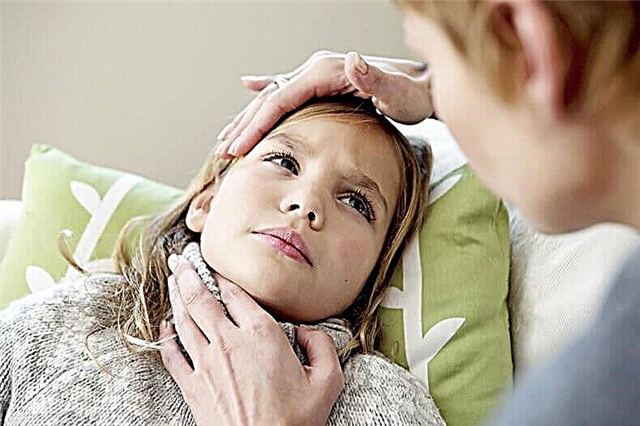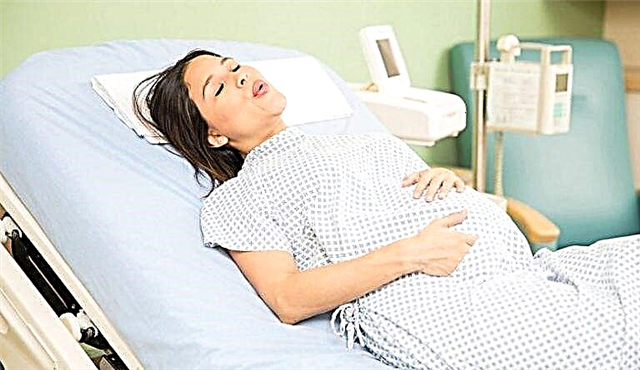The heart is a complex organ consisting of 4 chambers. It so happens that after an ultrasound of the heart, a child has an additional notochord in the heart. It is passed down through the maternal line and through dominant inheritance.
According to studies, an additional chord occurs in 22% of cases among the child population. But this is only in persons examined by echocardioscopy.
Such an additional chord is laid even in the intrauterine heart of the baby at the 5th week of pregnancy.
A minor anomaly in the development of the heart, or, as doctors like to write, MARS is a group of anomalies in the development of heart structures with deviations from the normal structure that do not lead to disruptions in work. Consequently, there are no health complaints.
Our article will tell you about the features of the heart structures, why an additional notochord appears in the heart of a child, and how to continue to live with it.
Anatomy of cardiac structures
The heart consists of chambers - the atria and ventricles, between which there are valves. Valves are needed to prevent blood from flowing in the opposite direction. The opening and closing of the valves is controlled by special threads, or chords.
The normal chord is attached to the valve at both edges and participates in its work. The additional chord differs in thickness and structure from other chords and, as a rule, is not completely attached to the valve and may not participate in its work.
How can such a chord be dangerous? It may contain additional pathways and cause heart rhythm disturbances such as atrial fibrillation, extrasystole. May alter the rate of blood flow to the heart.
An ultrasound doctor must indicate in the conclusion which chord is hemodynamically significant and how it affects the contraction of cardiac structures.
If you do not conduct an ultrasound screening for a child, then you may not find out about such a diagnosis.
Chord types
By location:
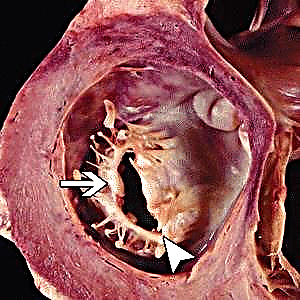 right ventricular (found in 2 - 5% of cases);
right ventricular (found in 2 - 5% of cases);- left ventricular (up to 95% of all cases).
By structure:
- fibrous;
- fibromuscular;
- muscular.
By placement in the heart:
- diagonal;
- longitudinal;
- transverse.
In count:
- single (in 70% of cases);
- multiple (in 30% of cases).
For participation in blood circulation in the heart chambers:
- hemodynamically significant. They affect blood flow, can disrupt the work of the heart;
- hemodynamically insignificant. Usually considered as a variant of the norm, do not harm the work of the heart.
At the reception was a child, 7 years old, a boy. On ultrasound of the heart, a chord was found in the left ventricle. Mom said that she was also given this diagnosis, while the grandmother also has this heart anomaly.
Also, the appearance of an additional chord contributes to:
- smoking mom during pregnancy;
- bad ecological situation;
- improper nutrition of mom;
- stress.
Clinical manifestations
Usually, children do not present any complaints in the presence of an abnormal chord in the left ventricle.
In the presence of a chord in the right ventricle, several signs are possible:
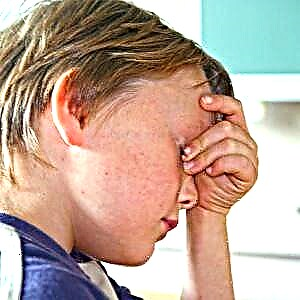 fatigue;
fatigue;- headaches, dizziness;
- there is a risk of heart rhythm disturbances;
- stitching pains in the region of the heart;
- emotional instability;
- intolerance to stuffy rooms.
It should also be borne in mind that these symptoms in most cases appear during physical exertion.
Personal experience.As a rule, there is 1 child with an additional notochord for one full-fledged visit to a cardiologist. At the same time, no special complaints are presented, and the extra chord is an accidental find. There was even a boy hockey player with daily physical activity for 3 - 4 hours with LVH (additional chord of the left ventricle) and perfectly tolerated such loads. But it should be borne in mind that this is a chord in the left ventricle. An abnormal chord in the right ventricle has not been encountered in my practice.
Komarovskiy EO about the “famous chords in the heart”: “In my practice, I met such children who were randomly identified chords in the heart on ultrasound. If not for ultrasound, then clinically they are absolutely healthy children. You do not need to treat them like sick children and limit their physical activity. They can become athletes of the Olympic reserve on an equal basis with everyone. The only thing that is not recommended for them is to jump with a parachute and work as divers ”.
Diagnostics
An additional notochord is detected on ultrasound screening at 1 month of a child's life.
Also, additional chords create a specific heart murmur, which, as a rule, is well heard lying down and disappears when the body position changes. In any case, if a heart murmur is detected, the doctor will send the child for an ultrasound of this organ.
Also, if there is a risk of developing arrhythmia, it is necessary to conduct ECG monitoring annually. If changes in the ECG are detected, it is worth conducting a detailed examination - daily monitoring of the ECG.
Treatment
There is no specific treatment.
No surgical intervention is required for an additional chord.
1. If the child makes complaints, then the treatment is symptomatic. Magnesium preparations; nootropics; drugs to improve blood circulation, which reduce myocardial oxygen demand and normalize metabolic processes in heart cells.
2. For normal heart function, daily physical activity is necessary:
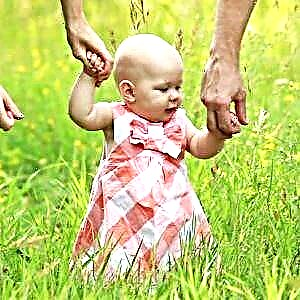 outdoor walks;
outdoor walks;- cycling, rollerblading;
- jogging;
- hardening.
3. Nutrition should consist in saturating the diet with foods rich in potassium, magnesium, calcium:
- dried apricots;
- dairy products;
- baked potato;
- cheeses;
- raisins, dried fruits;
- bananas;
- nuts.
4. It is necessary to exclude prolonged contact with computers, telephones.
5. Healthy sleep of the child for 8 hours at night is important.
Such a child should annually undergo echocardioscopy, ECG and visit a pediatric cardiologist.
The additional notochord of the left ventricle belongs to the normal variant and does not require medical correction without any clinical manifestations. There is no need to panic if such a conclusion is written on the ultrasound, but it is better to contact a pediatric cardiologist who will tell you in detail what to do with an extra chord.

 right ventricular (found in 2 - 5% of cases);
right ventricular (found in 2 - 5% of cases); fatigue;
fatigue; outdoor walks;
outdoor walks;
